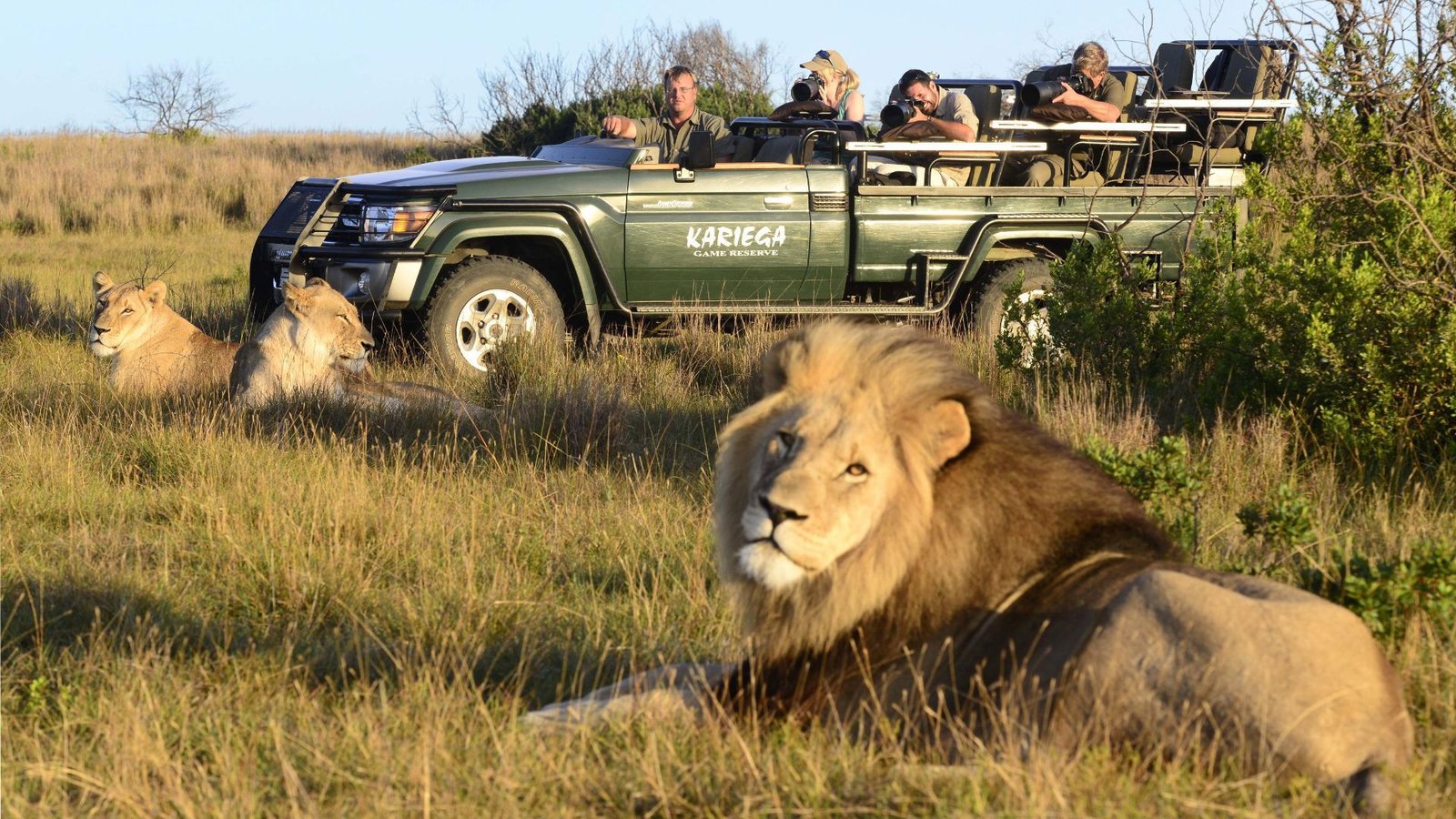March 27, 2025
Wildlife and humans have coexisted for centuries, often sharing spaces that lead to unexpected encounters. As we navigate our backyards, gardens, and rural properties in 2025, finding humane ways to manage these interactions is more important than ever. One question that keeps popping up is: which wild animals are frightened by reflective tape?
This shiny, fluttering material has become a popular tool for deterring nuisance wildlife, but its effectiveness varies across species. In this article, we’ll dive into how reflective tape works, which animals it scares off, and how you can use it to protect your space—all while keeping things simple, eco-friendly, and up-to-date for the current year.
Reflective tape, with its shimmering surface and subtle rustling sound, taps into the instincts of animals by creating an unfamiliar disturbance. As sustainable living trends grow in 2025, more people are turning to non-lethal solutions like this to keep wildlife at bay without harm.
Whether you’re safeguarding a vegetable patch or a chicken coop, understanding which creatures respond to this method can save you time and effort. Let’s explore the science, the species, and the strategies behind this intriguing deterrent.
How Does Reflective Tape Work?
Reflective tape—sometimes called scare tape or flash tape—is a lightweight, metallic-looking strip that reflects sunlight in unpredictable patterns. When it moves in the wind, it creates flashes of light and a faint crackling noise, both of which can startle animals. The idea is simple: it mimics a sudden, unknown threat, triggering a flight response in wildlife that rely heavily on sight and sound to detect danger.
In 2025, advancements in reflective materials have made these tapes even more durable and effective, with holographic designs that scatter light in multiple directions. This visual and auditory combo doesn’t hurt animals—it just makes them uncomfortable enough to steer clear. But not all species react the same way. To figure out which ones are most affected, we need to look at their senses and behaviors.
Birds: The Primary Targets
When it comes to reflective tape, birds are the stars of the show. Many species have sharp eyesight and are naturally skittish about sudden changes in their environment. Here are some common feathered friends that tend to take flight:
Pigeons and Crows
Urban dwellers like pigeons and crows often raid gardens or roost where they’re not wanted. The glinting light and rustling of reflective tape disrupt their sense of safety, making them think twice before landing. Studies and user reports from 2025 show it’s especially effective in open areas like rooftops or fields.
Woodpeckers
These persistent peckers can damage homes and trees, but the unpredictable flashes from reflective tape can send them drumming elsewhere. Hanging strips near problem spots—like wooden siding—has proven to be a quick fix for many homeowners this year.
Geese and Ducks
Waterfowl can wreak havoc on lawns and ponds. Reflective tape strung across grassy areas or near water edges creates a moving barrier that geese and ducks find unsettling, encouraging them to waddle away.
Birds’ sensitivity to light and motion makes reflective tape a top choice for avian deterrence. Its success lies in how it mimics the chaos of a predator or storm—something birds instinctively avoid.
Mammals: A Mixed Response
While birds are the poster children for reflective tape’s success, mammals present a more varied picture. Their reactions depend on their senses, habits, and how desperate they are for food. Here’s a look at some common mammals and how they respond:
Deer
Deer rely on keen eyesight and hearing to spot threats. In 2025, gardeners report that reflective tape strung around crops or orchards can startle deer, especially at dusk when the light catches their eyes. The key? Keep it moving—stationary tape loses its punch as deer get used to it.
Rabbits
These nibblers are trickier. Reflective tape might spook rabbits at first, particularly if it’s flapping vigorously, but their drive for food often outweighs the scare factor. Pairing it with other deterrents, like strong scents, boosts its effect.
Raccoons and Skunks
Nocturnal critters like raccoons and skunks are less fazed by reflective tape. They’re active at night when sunlight isn’t a factor, and their curiosity often overrides any initial alarm. Motion-activated lights or sound devices work better for these masked bandits.
Mammals with strong night vision or a high tolerance for oddities tend to adapt quickly, so reflective tape isn’t a one-size-fits-all solution here.
Other Wildlife: Reptiles and Beyond
What about creatures beyond birds and mammals? In 2025, anecdotal evidence suggests mixed results:
Snakes
Snakes don’t rely much on sight, so reflective tape rarely bothers them. Their world is more about heat and vibration, making this method less effective.
Squirrels
Squirrels are a toss-up. Some scamper away from the flashes and noise, while others ignore it entirely, especially if bird feeders or nuts are on the line. Regular repositioning of the tape can help keep them guessing.
The takeaway? Reflective tape shines (literally) when targeting animals with strong visual instincts, but it’s not a magic bullet for every species.
Why Some Animals Get Used to It
Habituation is the Achilles’ heel of reflective tape. If the tape stays in one spot too long or the same animals see it repeatedly without real danger, they’ll figure out it’s harmless. In 2025, experts recommend switching things up—move the tape, pair it with other deterrents, or use it only when problems start. This keeps wildlife on their toes and maintains the tape’s effectiveness.
How to Use Reflective Tape in 2025
Ready to give it a try? Here’s a simple guide to maximize its impact:
Step 1: Identify the Problem
Pinpoint which animals are causing trouble. Birds? Deer? Knowing your target helps you place the tape where it’ll work best.
Step 2: Pick the Right Spot
Hang strips in areas with sunlight and wind—like fences, trees, or stakes. For birds, place it above crops or roosting spots; for deer, string it at eye level.
Step 3: Install It Properly
Cut 3- to 4-foot strips and tie them loosely so they flutter freely. The more they move, the more they scare.
Step 4: Keep It Fresh
Check it monthly. Replace faded tape and reposition it to prevent animals from getting too cozy.
Step 5: Combine Methods
For stubborn critters, add scents (like pepper for rabbits) or noise (like wind chimes) to amplify the effect.
In 2025, eco-conscious brands offer weather-resistant, biodegradable tapes, making this a sustainable choice for wildlife management.
Real-Life Examples from 2025
People across the globe are putting reflective tape to the test. In Oregon, a farmer used it to keep crows off her berry crops, reporting a 70% drop in damage. In suburban New Jersey, a homeowner stopped woodpeckers from hammering her cedar siding by dangling tape from the eaves. And in rural Alberta, a gardener deterred deer from her apple trees with a shimmering perimeter—success stories that highlight its versatility.
Benefits of Using Reflective Tape
Why choose this method? It’s affordable, easy to install, and humane—no traps or chemicals needed. Plus, it’s a low-maintenance option that blends into the 2025 push for greener living. It won’t solve every wildlife issue, but for the right animals, it’s a game-changer.
Limitations to Keep in Mind
Reflective tape isn’t perfect. It works best in daylight and windy conditions, so nighttime pests or calm days reduce its punch. And as we’ve seen, not all species care. For a full wildlife plan, it’s smart to mix it with other tools like fencing or repellents.
The Future of Wildlife Deterrents in 2025
Looking ahead, reflective tape is evolving. Some companies are testing versions with built-in LED lights for nighttime use or integrating it with smart sensors that adjust based on animal activity. As we balance human needs with nature’s, these innovations could make it even more effective.
FAQs about which wild animals are frightened by reflective tape
1. Which wild animals are most affected by reflective tape?
Birds like pigeons, crows, and woodpeckers, along with deer, are most likely to be scared off by reflective tape’s light and noise.
2. Does reflective tape work at night?
It’s less effective at night since it relies on sunlight, but some new 2025 models with LEDs could change that.
3. How long does reflective tape last?
Quality tape can last months to a year, depending on weather exposure. Check and replace it as needed.
4. Can I use reflective tape indoors?
It’s designed for outdoor use with wind and light, so indoor results would be minimal.
5. Where can I buy reflective tape in 2025?
Find it at garden centers, hardware stores, or online retailers offering eco-friendly pest control options.
Conclusion
So, which wild animals are frightened by reflective tape? Birds like pigeons, crows, woodpeckers, and geese top the list, thanks to their sharp vision and skittish nature. Deer and some squirrels may also bolt from its flashes, though rabbits and nocturnal mammals like raccoons are less impressed. In 2025, this simple tool remains a standout for humane, eco-friendly wildlife control—perfect for anyone wanting to protect their space without harm.
Curious to try it? Grab some reflective tape from your local garden store or online, set it up, and watch nature’s response. Share your results with friends or on social media—your story could inspire others to keep wildlife at bay the gentle way. Let’s make 2025 a year of smart, sustainable solutions!









